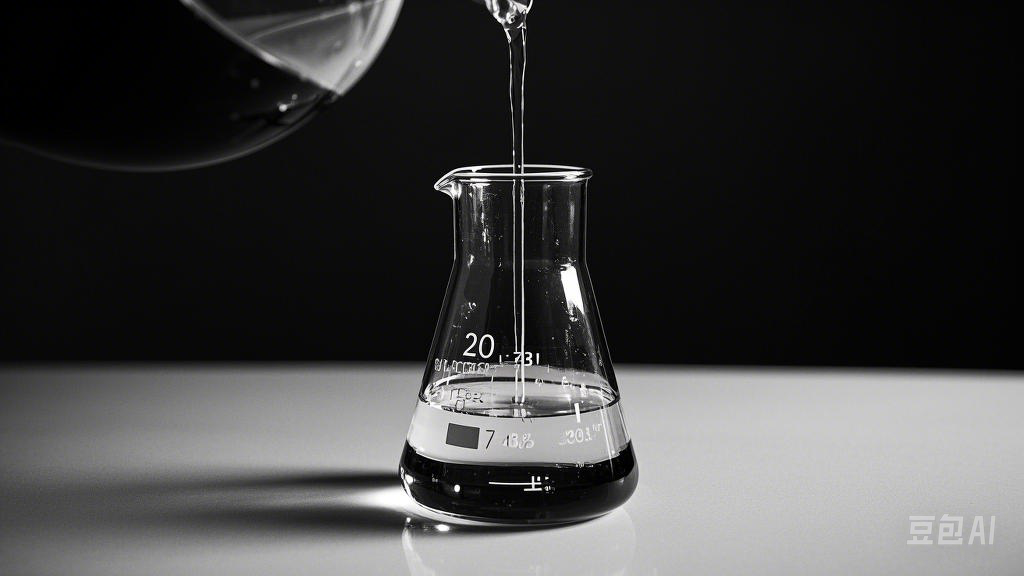In the ever - evolving landscape of materials science, fluorosilicone chemicals, with their unique properties, are gradually emerging as key elements for innovation in numerous fields. This material, which combines the characteristics of fluorine and organosilicon, showcases immense application potential in various industries due to its excellent chemical stability, weather resistance, low surface tension, and superior lubricity, continuously opening up new application scenarios.

A New and Efficient Heat Dissipation Option in the Electronics Field
With the increasing miniaturization and high - performance trend of electronic devices, the heat dissipation problem has become a key factor restricting their development. Perfluoropolyether fluids, a type of fluorosilicone chemical, have become ideal materials for single - phase immersion liquid cooling technology due to their stable chemical properties, high boiling point, non - flammability, and excellent dielectric properties. They can directly come into contact with heat - generating electronic components such as CPUs and GPUs, and achieve efficient heat exchange through flow circulation. Compared with traditional air cooling, using perfluoropolyether fluids as coolants can achieve an energy savings of 30% - 50%, effectively enhancing the performance and stability of electronic devices and providing reliable solutions for scenarios with extremely high heat dissipation requirements, such as supercomputing centers.
Performance Innovation in the Textile and Leather Industries
The application of fluorosilicone chemicals in the textile and leather industries has brought about performance innovation in these traditional industries. On the one hand, in fabric finishing, fluorosilicones can endow fabrics with excellent water and oil repellency and anti - fouling properties. For example, fluorosilicone oil with heptafluoroisopropoxypropyl (or ethyl) side chains, its unique T - shaped fluorine - containing structure can greatly improve the protective properties of fabrics, and the treated fabrics can still maintain good performance after dry cleaning and wet cleaning. On the other hand, in the leather field, through the "fluorosilicon synergy" technology, not only the problem of weak interlayer adhesion and easy delamination of silicone leather has been solved, but also chemical toughening has been achieved, greatly improving its wear resistance, with Martindale wear resistance exceeding 300,000 times. This new type of silicone leather has excellent mechanical properties, a skin - friendly texture, and at the same time possesses properties such as anti - pollution, antibacterial and mildew - proof, easy cleaning, weather resistance, wear and scratch resistance, and flame retardancy, making it an ideal substitute for artificial leather.
Remarkable Performance Enhancement in Coatings and Surface Treatments
Fluorosilicone chemicals also play an important role in coatings and surface treatments. Fluorosilicone oil coatings have properties such as high temperature resistance, water repellency, oil repellency, solvent resistance, and weather resistance, opening up new development directions for the coating industry. In the anti - fouling coatings of marine ships, their performance is superior to that of organosilicon self - polishing coatings, providing new ideas for the development of non - toxic ship bottom anti - fouling coatings; the protective coatings for solar installations in desert areas can fully utilize their advantages of low surface energy and self - cleaning; they also show good effects in the lubrication and protection of magnetic recording media and the lens protective coatings of optical instruments. In addition, fluorosilicones can be used as surface treatment agents for fabrics, leather, paper, etc., endowing these materials with water - proof, anti - fouling, and oil - repellent properties, expanding their application scope.
With the continuous deepening of research and the continuous innovation of technology, the potential applications of fluorosilicone chemicals in more fields will be further explored. In the future, it is expected to play an even greater role in fields such as new energy, aerospace, and biomedicine, injecting new vitality into the development of various industries and promoting materials science to a new height.
